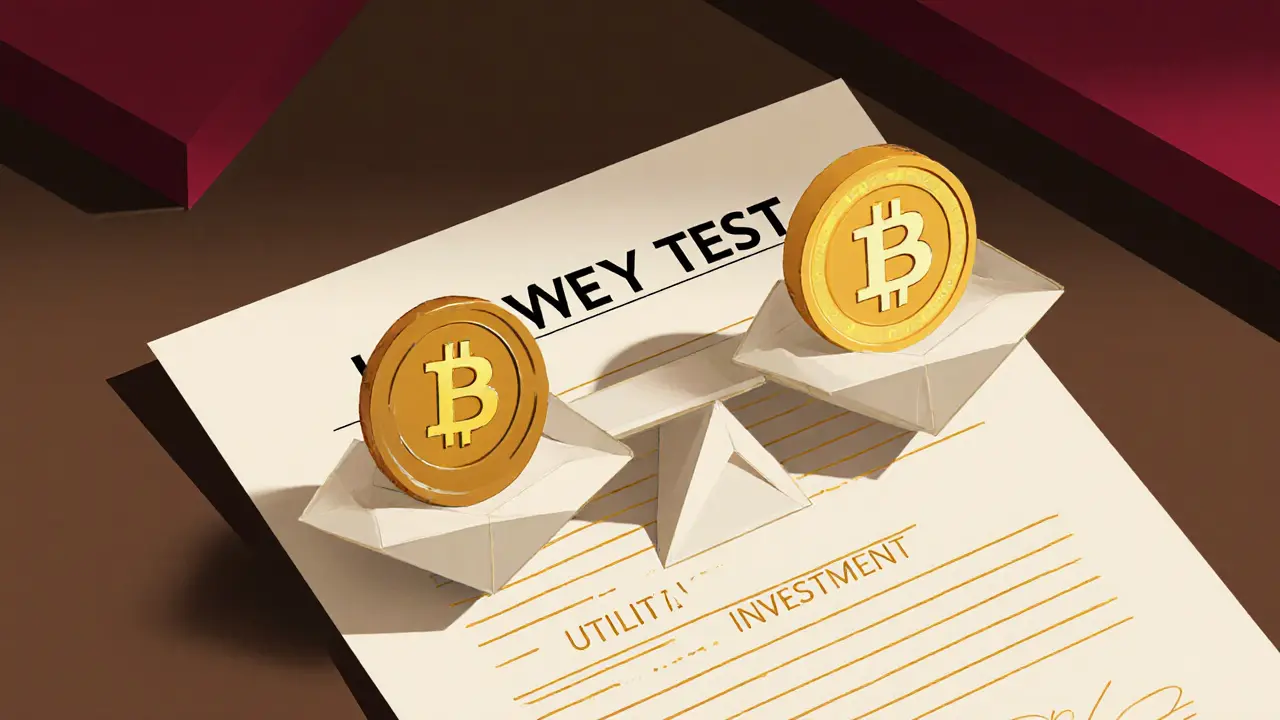Howey Test Crypto: What It Means for Tokens and Investors
When you buy a crypto token, are you investing in a company—or just buying digital goods? That’s where the Howey test, a legal standard used by the U.S. Securities and Exchange Commission to decide if an asset is a security. Also known as the Howey criteria, it’s the main tool the SEC uses to decide whether a crypto project breaks federal securities laws. If a token meets the Howey test, it’s treated like a stock—meaning the issuer must register it or face heavy penalties.
The Howey test has four parts: (1) an investment of money, (2) in a common enterprise, (3) with an expectation of profit, (4) derived from the efforts of others. Most crypto tokens fail the first three but trip on the fourth. For example, if you buy a token because you believe the team will build a platform that increases its value, that’s a red flag. Tokens tied to decentralized networks like Bitcoin or Ethereum usually avoid the Howey test because no single group controls their success. But tokens sold with promises of returns, staking rewards, or profit-sharing? Those often get flagged.
The SEC has gone after dozens of crypto firms over the last five years using this test—from Telegram’s Gram token to Kik’s Kin coin. Even if a project claims it’s not a security, if it behaves like one, the SEC will treat it as one. This isn’t just about legal paperwork—it affects your wallet. If a token gets classified as a security, exchanges might delist it, and you could lose access to your holdings overnight. That’s why smart investors check whether a project has been reviewed under the Howey test before buying.
Related concepts like security tokens, digital assets that represent ownership or equity in a real-world asset, like real estate or shares in a company, are built to pass the Howey test on purpose. They’re issued with legal compliance in mind. On the flip side, utility tokens, tokens meant to be used within a platform’s ecosystem, like paying for services or accessing features, try to avoid it by design. But the line between utility and security is blurry. Many projects that started as utility tokens got hit by the SEC after raising millions with promises of future profits.
What you’ll find below are real-world examples of how this plays out—projects that got shut down, ones that dodged the axe, and how ordinary investors can spot the warning signs before it’s too late. These aren’t theoretical debates. People have lost money. Others have made smart moves by understanding the rules before they changed.

